Too much brain not enough spine perspective
While perusing the internet, I came across a post on a Facebook defaming an anatomical model that I personally handcrafted. The title read in big bold type: “DON’T SHOW YOUR PATIENTS THIS!” and with a video (which was a copyright infringement) of my model that I had taken several years to develop to help improve patient outcomes. Quite shocked but then I then realized the nature of the post on “Trust me, I am a physiotherapist” and began to understand its source.
For many years now, I have seen the cultural trend in musculoskeletal care to avoid words with any negative connotations. This has some validity because as a practitioner, I understand that for decades doctors have been telling patients things like: ” oh, you have degenerative disc disease and there is no fix and…..you are doomed” or ” you have no choices with your pain…just take these pain pills and you are going to have to live with it”.
Long before I started Dynamic Disc Designs (also named ddd, similar to the acronym that we used to identify degenerative disc disease), I experienced on several occasions patients returning from the medical side of care in absolute tears about the results of their imaging. I knew that what had happened earlier in a different office was emotionally difficult on those patients and I thought if I could only show them realistically what is going on, it would minimize their fears about the findings. Disc height loss is not a big deal as long as you know what it is and how dynamic it is.
My practice grew and grew as I began to share with patients the research trend in regeneration of degenerative disc disease. At the time, I was reading a lot about the spine, even though I had just finished my chiropractic degree. And regenerative medicine in mechanobiology was my passion. How could we increase disc height and maintain it. That was and continues to be my focus for spine patients.
I also knew that what would really help the cause would be to show patients that disc height and the respective hydraulics of the spine are dynamic. This was impossible for me to do in a quick and effective way with the static 3d models that were available on the market. They did not move. So, how was I going to convince my patients that the disc naturally bulges, swells and enjoys movement? This is where I knew we needed something better.
So I got to work and figured out a way to build anatomical models with exquisite detail. I tried to use colours to show the patients that the anatomy is beautiful to look at. Using red to show where the nutrients are coming from and blue to show the cartilage and yellow to show the nerves. To date I have sold thousands of these models and it has transformed patient care for me and many other professionals around the world. Just have a read at the feedback. I have done this for the patients.
But when I came across this post, actually defaming my work, I have to admit, it was hard to take. But I understand now. Unfortunately, there are doctors and physiotherapists that may use my models to scare patients into excessive clinical visits. I do wish I could screen my 3d model customers and give them a test to make sure they are using the models ethically. I look at it like a car and should be giving a license test for ethical and only allow evidenced-based doctors only to purchase them.
As I said, the last decade has really placed an emphasis on the importance of NOT using negative language because of the fear of making patients depressed about their pain. I get that. But at the same time, don’t we have the responsibility to be honest and show them the source of it? The question is how do we instruct the patient to move in a way to rid them of their pain. My models help patients clearly see this, and help identify which movements they may want to modify and why. No-one really likes be told what to do but if you show them why, it makes life a whole lot easier for both the doctor and patient.
Pain science, which is the perspective that the brain is everything in musculoskeletal care has gone too far in my opinion. Sure the brain is a big player but how about the cells in the annulus, or the subchondral endplate. How about the spine’s perspective? Taking care of the little workers are probably the most important in any system. The cells that hold you up, are just as important as the top CEO, the brain.
Today, the reason why I believe my practice is so successful is because I am honest with people about their anatomy. I offer them hope in regeneration because all tissues regenerate. It is only a matter of figuring out how the anabolic behaviour can out perform the catabolic behaviour. Build up rather than break down. Disc height is dynamic and there are ways to improve this common low back and neck pain finding.
 Copyright secured by Digiprove © 2017 Jerome Fryer
Copyright secured by Digiprove © 2017 Jerome Fryer 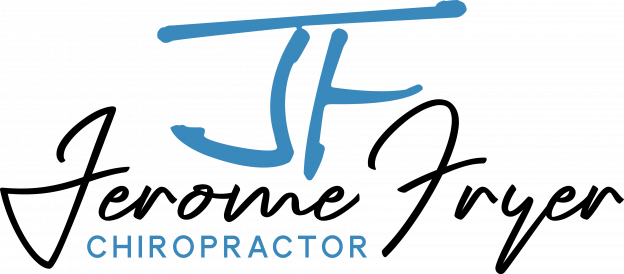



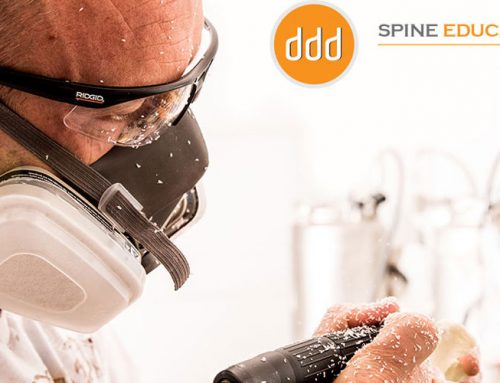
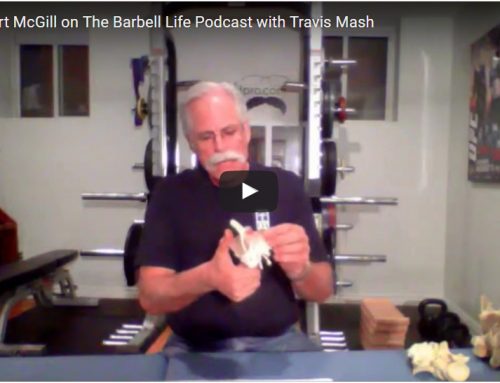
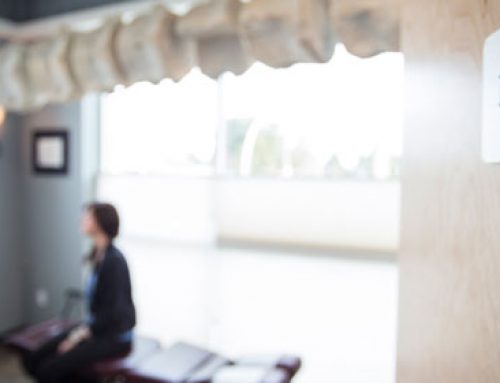
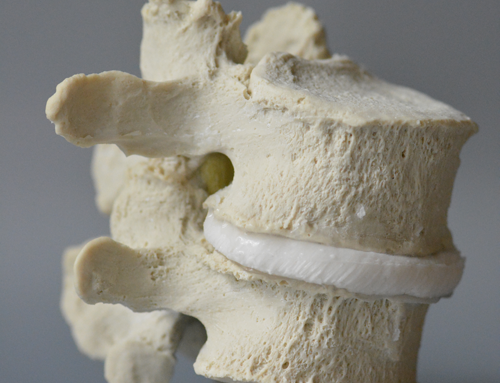
Leave A Comment
You must be logged in to post a comment.